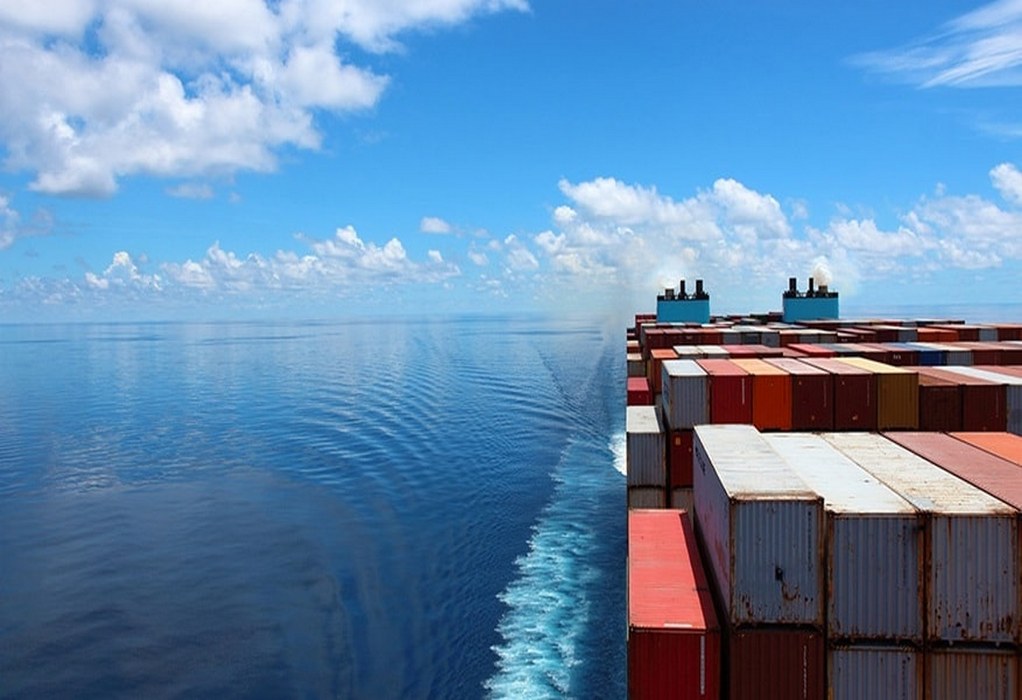DNV partnered with Daewoo Shipbuilding & Marine Engineering to develop technologies on fuel saving devices and a rotor sail system.
When wind meets the spinning rotor sail, the air flow accelerates on one side and decelerates on the opposite side. The change in the speed of airflow results in a pressure difference, which creates a lift force. When wind conditions are favorable, rotor sails allow engines to be throttled back, saving fuel and reducing emissions while providing the power needed to maintain speed and voyage time.
Under a memorandum of understanding signed at Gastech, a gas, LNG, hydrogen, and energy event in Italy, Daewoo Shipbuilding & Marine Engineering (DSME) and DNV agreed to jointly develop technologies on a rotor sail system while promoting related businesses. In March 2021, a rotor sail system developed by DSME won certification from DNV.
DSME said it would produce a prototype of its life-size rotor sail system n the second half of 2022 and establish a demonstration center by 2026.
Tags: Daewoo Shipping, DNV, Gastech, Rotor Sail System



Recent Posts
FueLNG Completes 400th LNG Ship-to-Ship Bunkering Operation in Singapore
Port of Gothenburg Hosts First Bunkering of Swedish-Produced Biomethane for Maritime Sector
UrbanLink Expands REGENT Seaglider Order, Driving Forward Zero-Emission Coastal Travel in Florida and Puerto Rico
HD Hyundai Executive Vice Chairman Holds Landmark Talks with U.S. Trade Representative on Shipbuilding Cooperation
ZeroNorth and Veracity by DNV launch end-to-end emissions reporting and verification service for the maritime industry
Hapag-Lloyd Expands ‘Hamburg Express’ Class Fleet with Delivery of Genova Express
Bureau Veritas calls for standardized safety regulations to accelerate adoption of electrification technology
ABS Publishes Safety Insights for Ammonia as a Marine Fuel